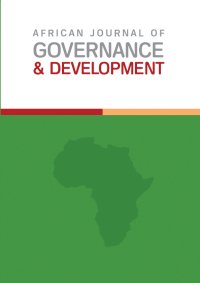Narrowing the ‘Physical Distance’ between Public Health Policies and Gender: An Analysis of Government Responses to COVID-19 in Zimbabwe and South Africa
Main Article Content
Abstract
COVID-19 has lifted the veil covering some deep-seated vulnerabilities existing in the forms of class, race, disability, and gender. During this phenomenon, the term “physical distance” has been used to encourage people to minimise contact with each other to curb the spread of the virus. This was one of the governments’ responses to COVID-19. Consequently, it meant the closure of all learning institutions, small to medium enterprises, and the closure of marketplaces amongst others. Current evidence suggests that men, the elderly, and those with pre-existing health conditions bear the brunt of morbidity and mortality attributed to COVID-19. However, the evidence from previous pandemics highlights that the gendered roles and cultural norms often leave women and girls more vulnerable in terms of their health, social and economic well-being in the context of a pandemic. This article interrogates the implications of the government responses on the livelihoods of women, those working in the informal sector as well as those working in the frontlines. It argues for the need to narrow the gap between public health policies and gender through the adoption of a gender-lens in health policymaking and implementation. The article also argues that COVID-19 presents an opportunity to further the discourse on public health and gender in South Africa and Zimbabwe.
Article Details

This work is licensed under a Creative Commons Attribution-NonCommercial-NoDerivatives 4.0 International License.
